By Rynette Tan & Louise Yow
Babywearing is the art of carrying your child.
Babywearing is a practice from olden times that has seen a resurgence in popularity in recent years. It has regained popularity due to the convenience of allowing caregivers to be hands free, thereby allowing them to attend to other daily matters. It also enables closeness to the child and facilitates bonding and attachment.
Common questions that potential babywearers ask are:
- Why should I carry my child in a carrier instead of just using my arms?
- Will I get back pain carrying my child in a carrier?
- Is babywearing good for my child?
- Who can babywear?
1. Why babywearing is better than carrying in your arms
When carrying a child in your arms, you are mainly using your arm muscles to take on the child’s weight. Arm muscles are smaller and usually used in connection with other muscles to achieve a task such as pushing, pulling, taking a book etc. When you use a baby carrier, the baby is carried close to the body so you utilise the back/spine muscles to help to take on the weight. The whole spine musculature and bones are meant for weight bearing, so you ensure that baby’s weight is better distributed, compared to only using your arms. It is therefore less taxing on the body.
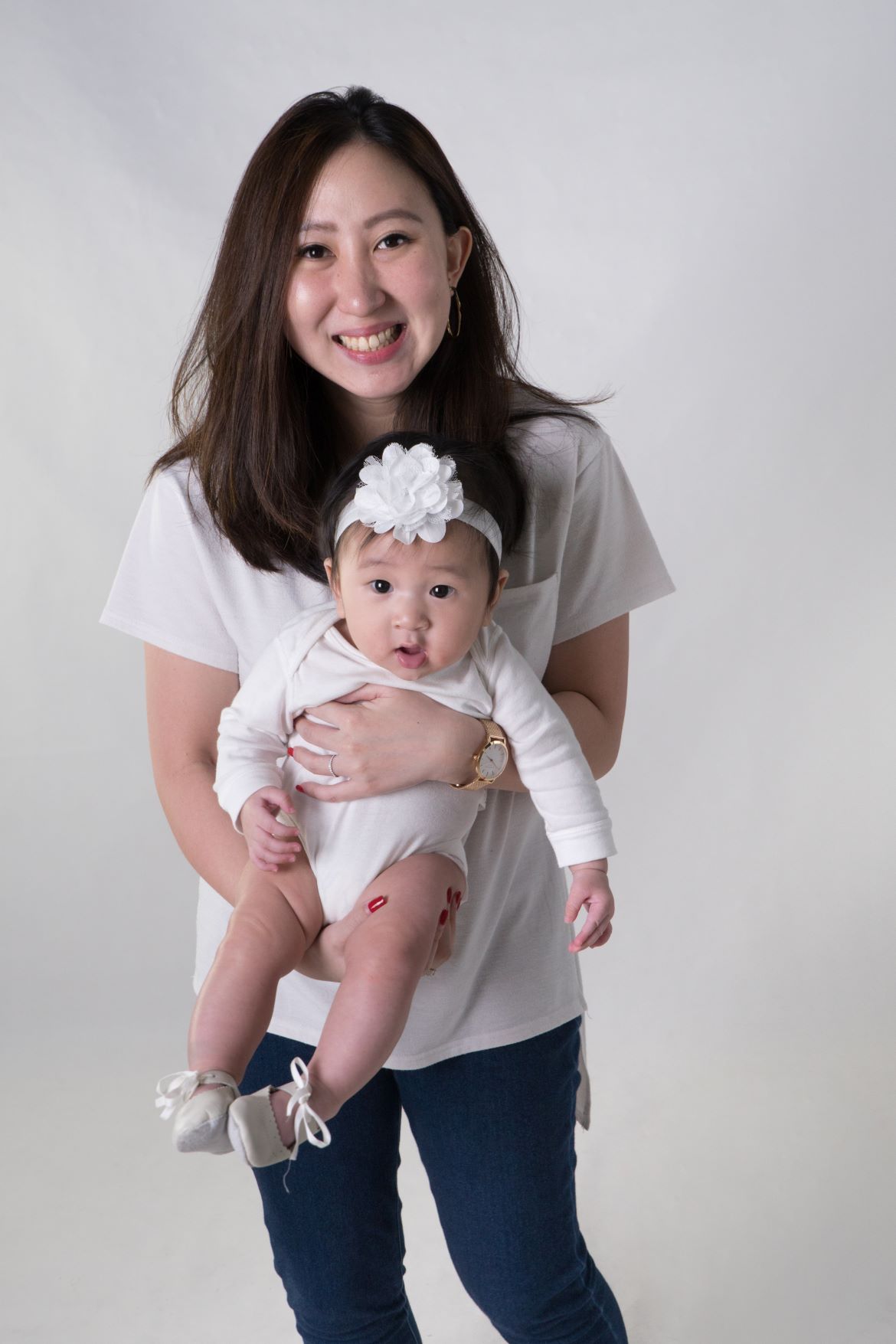
Moreover, babywearing enables you to have more carrying options, such as carrying on the front, hip and back. There are options and tweaking that can be done to determine what is most comfortable and suitable for the babywearer. For example, if you hurt yourself and have a wound at the front, you can carry your child on your back or on the hip to avoid pressing on the wound.
Finally, kids can be squirmy – especially when they are looking around to see the fascinating world around them! By carrying in your arms, they are essentially only resting/sitting on your arm. If they suddenly decide to lean back, there is a fall risk. With babywearing, there would be fabric or a carrier panel that supports the child at the back, thereby minimising the risk that they might fall out.
2. Will I get back pain carrying my child?
A well-adjusted carrier that fits your build and frame should not cause back pain. Of course, other factors such as your natural fitness, how long you carry your child for, and how heavy the child is are also determining factors of whether you feel any strain after carrying your child. As a general guide, the average healthy parent carrying a child less than 8kg should not feel any aches when using a well-fitted carrier for at least 1 hour.
There are some exercises you can do to prepare your body to take on the task of carrying better. (Check out our post on exercises for babywearing).

3. Is babywearing good for my child?
Carried babies have strong emotional development as they learn to develop a sense of security and trust through secure attachment. As they are also more directly exposed to adult conversation and parents’ facial expressions, babies who are worn often have improved speech development. Additionally, babywearing helps to improve reflux and colic as being in an upright position with gentle pressure on their tummies can help to soothe a child in discomfort.

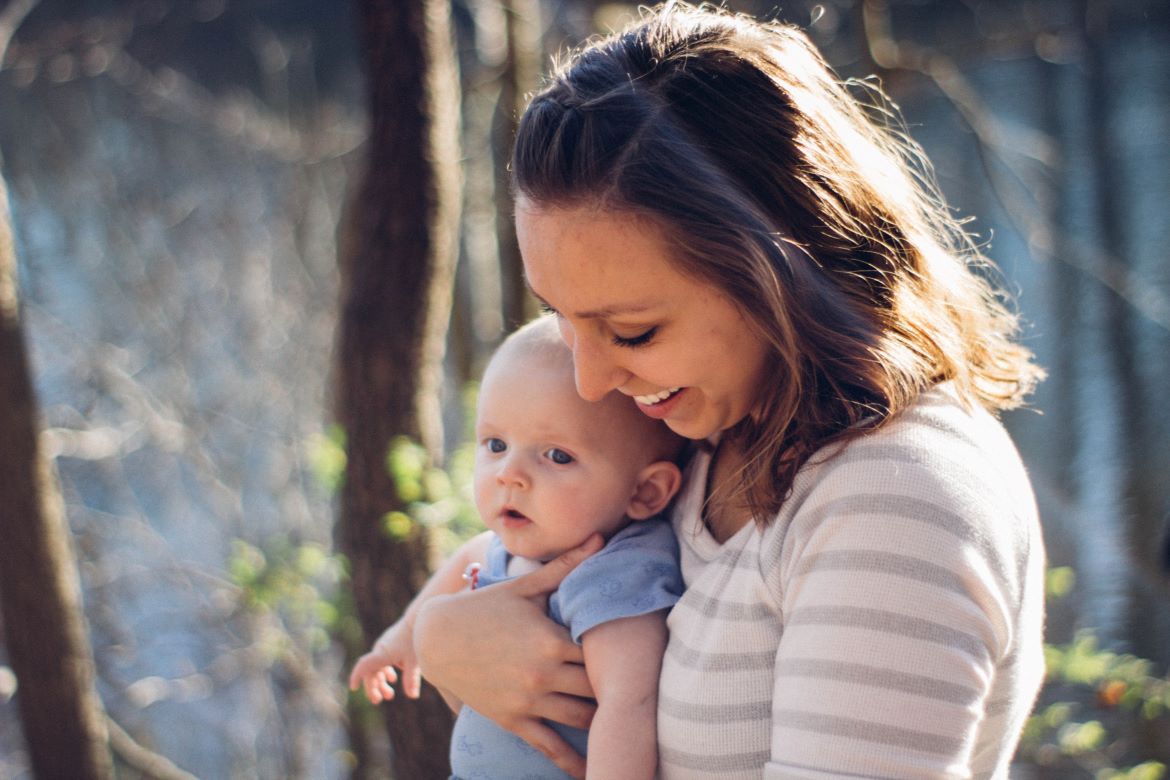
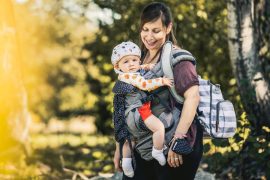

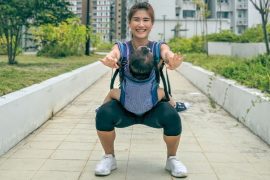



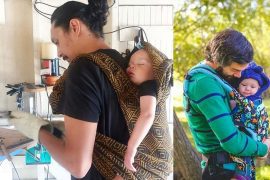


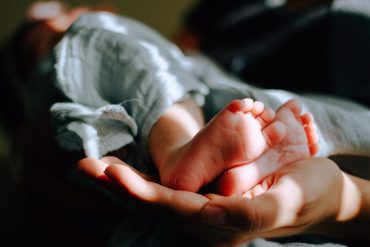
I had a CS and started baby wearing after 2 months.
In the long run, I started feeling back pains and that’s because she was really big.